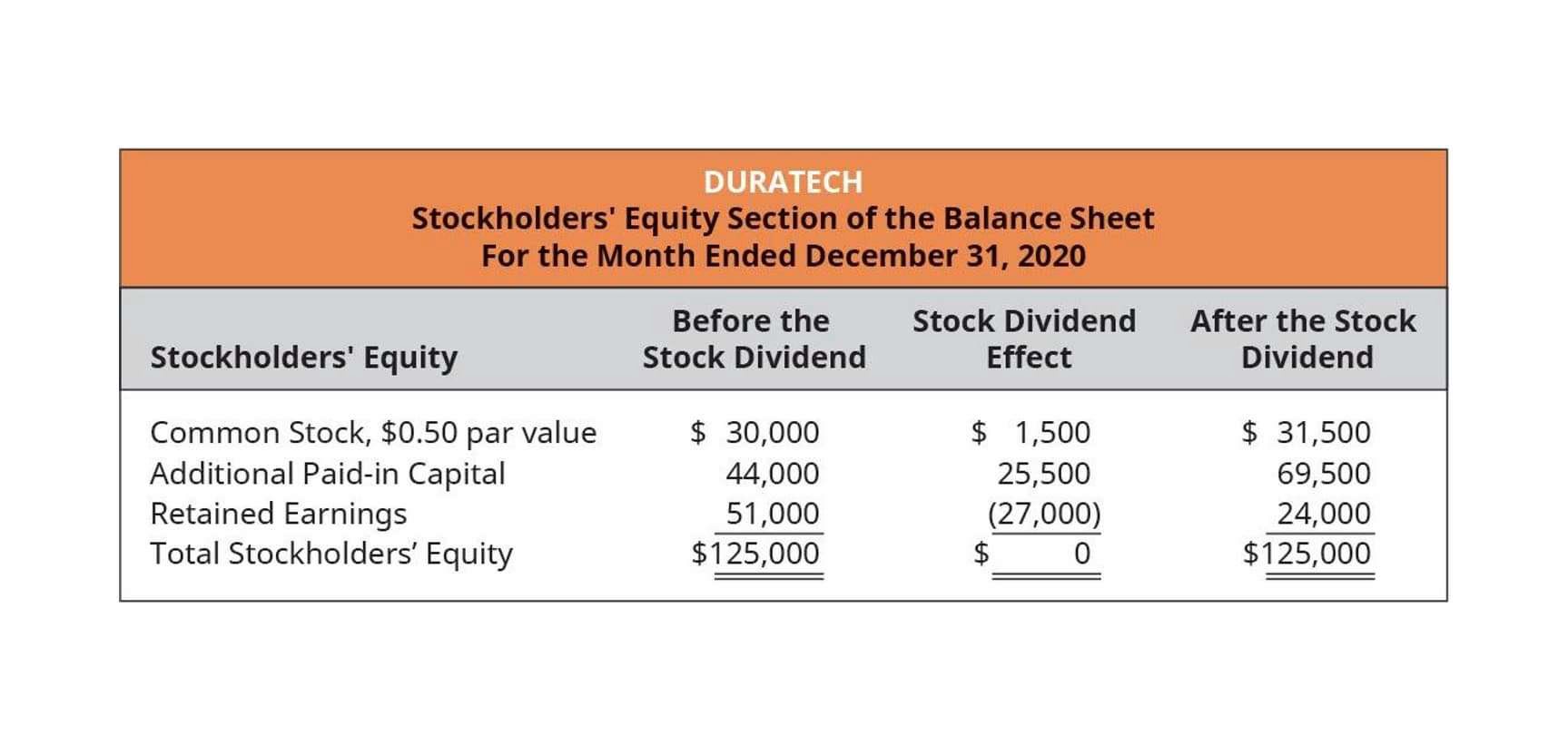Bookkeeping
Order of Financial Statements
For business owners and stakeholders, figuring out financial statements is key. These documents show a company’s financial health through numbers. They follow GAAP and are overseen by the Financial Accounting Standards Board. A cash flow statement is another type of financial statement that provides a snapshot of a business’s cash inflow and outflow during a specific period. This statement shows how much cash is being generated or used by a company, and can be used to assess its financial health. As you know by now, the income statement breaks down all of your company’s revenues and expenses.
- It details revenues and expenses, helping to figure out net profit or loss.
- The company’s assets would then equal its liabilities plus shareholders’ equity.
- Generally, when you analyze your balance sheet frequently, you can prevent problems, such as closings, or increased debts before they become huge.
- Financial statements are important because they provide a snapshot of a company’s financial position at a specific point in time.
- The result is the ending balance of retained earnings (or equity for non-corporations).
What is the significance of the cash flow statement in understanding business health?
- A financial professional will offer guidance based on the information provided and offer a no-obligation call to better understand your situation.
- These principles provide a framework for financial statement preparation and ensure that financial statements are consistent, reliable, and comparable.
- These strategies help improve the firm value and push the company forward.
- This can include salaries paid to employees, payments from customers, and cash paid to suppliers.
- These transactions also include wages, income tax payments, interest payments, rent, and cash receipts from the sale of a product or service.
- Ratio analysis is a fundamental tool in financial statement analysis that involves calculating various financial ratios to assess a company’s performance, liquidity, solvency, and efficiency.
- In Cash App’s Terms of Service, consumers are led to believe that disputes are the responsibility of their linked bank.
External auditors also ensure that these financial statements are accurate with no misstatements or omissions, whether accidental or deliberate. The statement of retained earnings presents changes in equity during the reporting period. The report retained earnings format varies, but can include the sale or repurchase of shares, dividend payments, and changes caused by reported profits or losses. This is the least used of the financial statements, and is commonly only included in the audited financial statement package. Many U.S. companies now analyze financial statements carefully during credit checks.
Statement of Retained Earnings
The income statement, also known as the profit and loss statement, provides a summary of a company’s revenues, expenses, gains, and losses over a specific period of time. It shows whether a company has generated a profit or incurred a loss and is an important tool for evaluating a company’s profitability. When it comes to accounting, there is a specific order in which financial statements must be prepared. This order ensures financial statements definition that information from one statement carries over to the next, creating a clear and accurate representation of a company’s financial health.
- If a company has subsidiaries or other related entities, it may need to prepare consolidated financial statements.
- The owner’s equity is then used to calculate the shareholders’ equity on the balance sheet.
- The date at the top of the balance sheet tells you when this snapshot was taken; this is generally the end of its annual reporting period.
- They follow GAAP and are overseen by the Financial Accounting Standards Board.
- Your balance sheet is a complete list of your assets, liabilities, and equity.
- An adverse opinion means that the financial statements are materially misstated and do not accurately represent the company’s financial position.
- To know a business’s financial performance and strength, one must look at the income statements, balance sheets, and cash flow statements as a whole.
Stay up to date on the latest accounting tips and training
Making your income statement first lets you see your business’s net income and analyze your sales vs. debt. Once the trial balance is prepared, the next step is to adjust the account balances for any necessary corrections or adjustments. This is done by reviewing transactions, accruals, deferrals, and estimates to ensure that the financial statements reflect the most accurate and up-to-date information. The adjusted trial balance is then used to prepare the income statement, balance sheet, and statement of owner’s equity. The income statement presents the revenues, expenses, and profits/losses generated during the reporting period.
When it did conduct investigations, Block used intentionally shoddy investigation practices to close reports of unauthorized transactions in the company’s favor. In the indirect method of preparing the cash flow statement, non-cash items like depreciation and amortization will also appear here. Other comprehensive income refers to unrealized gains and losses that don’t appear on the income statement.
Statement of Functional Expenses
These three statements together show the assets and liabilities of a business, revenues, and costs, as well as its cash flows from operating, investing, and financing activities. The balance sheet, lists the company’s assets, liabilities, and equity (including dollar amounts) as of a specific moment in time. That specific moment is the close of business on the date of the balance sheet. Notice how the heading of the balance sheet differs from the headings on the income statement and statement of retained earnings. A balance sheet is like a photograph; it captures the financial position of a company at a particular point in time.
- From the balance sheet above, we can see that as of September 2021, Apple, Inc.’s total assets amount to $351,002,000.
- This is the least used of the financial statements, and is commonly only included in the audited financial statement package.
- When it did conduct investigations, Block used intentionally shoddy investigation practices to close reports of unauthorized transactions in the company’s favor.
- A company’s operating cash flow is a key metric in assessing the financial viability of its core operations.
- If the company revalues an asset and it’s worth less, it’s the company’s loss.
- The rules used by U.S. companies are called Generally Accepted Accounting Principles, while the rules often used by international companies are International Financial Reporting Standards (IFRS).
Generally, when you analyze your balance sheet frequently, you can prevent problems, such as closings, or increased debts before they become huge. If your income statement shows increasing expenses but flat revenue, this might be a sign of efficiency problems within the firm or that it is time to reevaluate the price charged for its Certified Bookkeeper products. Here are the main financial sheets that are prepared by most companies. These examples should answer the question, “what is a financial statement? ” We’ll also talk about some extra styles of statements and other reports that are commonly issued. An adverse opinion means that the financial statements are materially misstated and do not accurately represent the company’s financial position.
The statement of cash flows shows the cash inflows and cash outflows from operating, investing, and financing activities. Operating activities generally include the cash effects of transactions and other events that enter into the determination of net income. Management is interested in the cash inflows to the company and the cash outflows from the company because these determine the company’s cash it has available to pay its bills when due. We will examine the statement of cash flows in more detail later but for now understand it is a required financial statement and is prepared last. The statement of cash flows uses information from all previous financial statements. In conclusion, the order of financial statement preparation is a crucial aspect of accounting.






